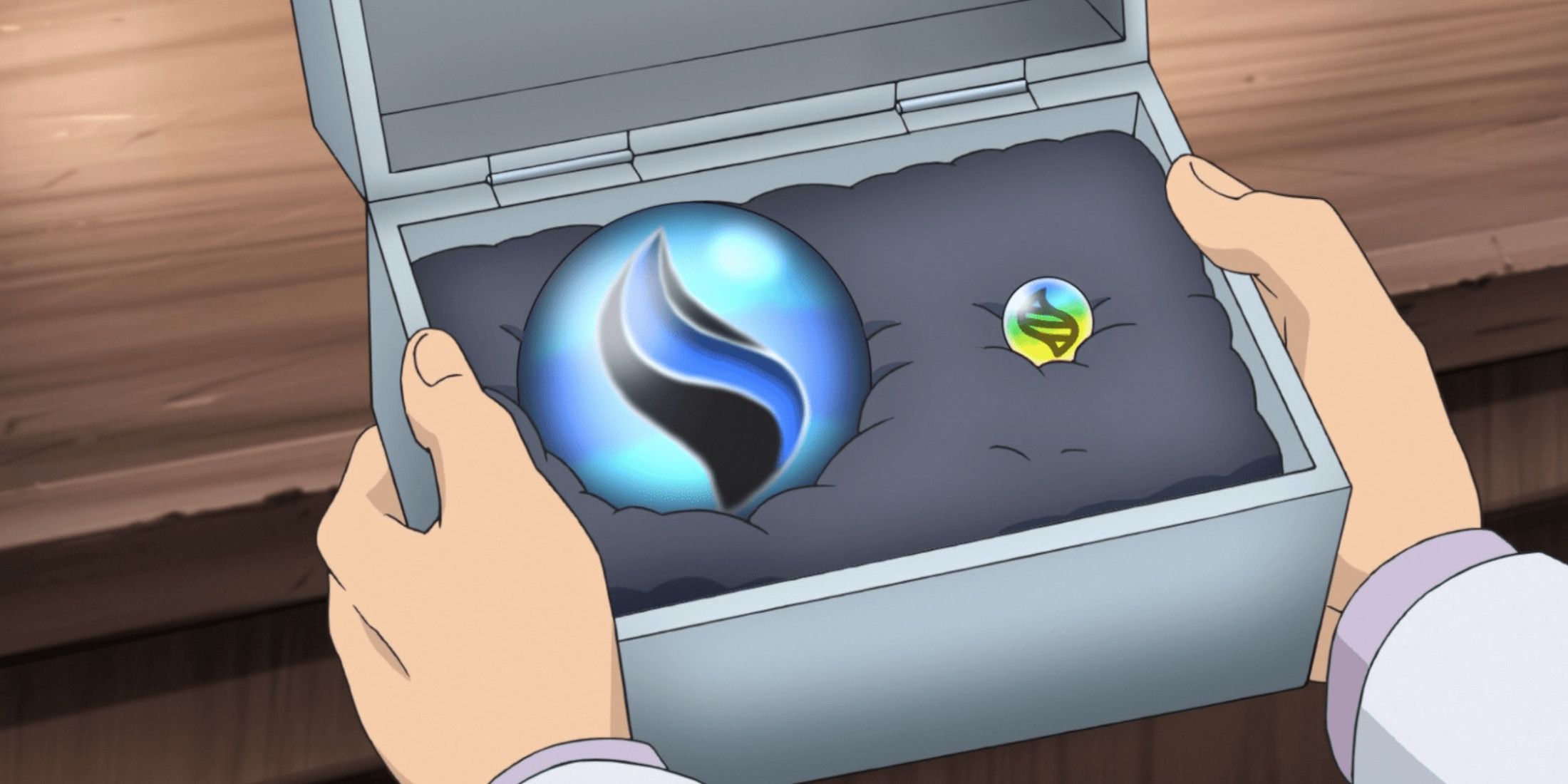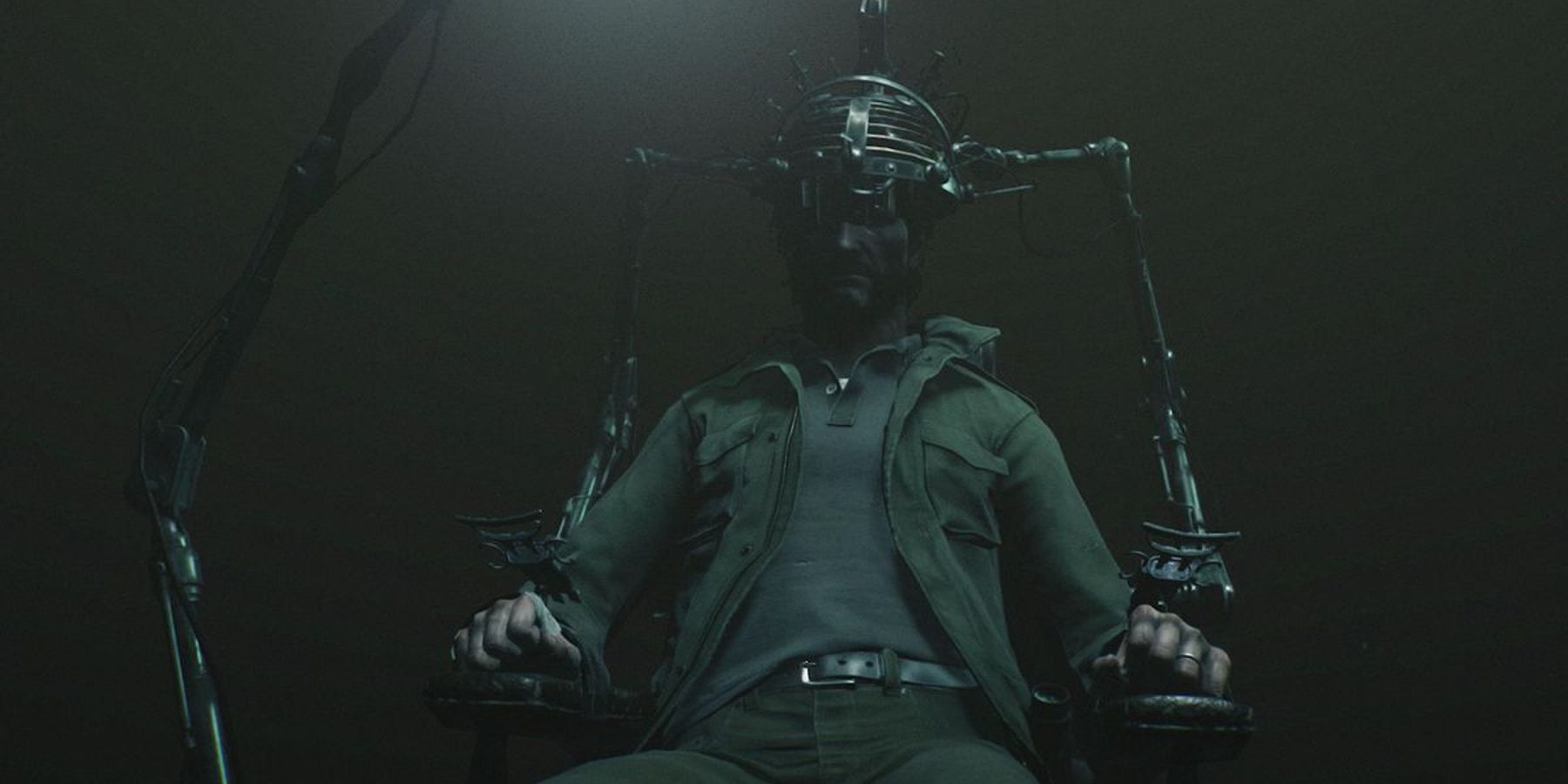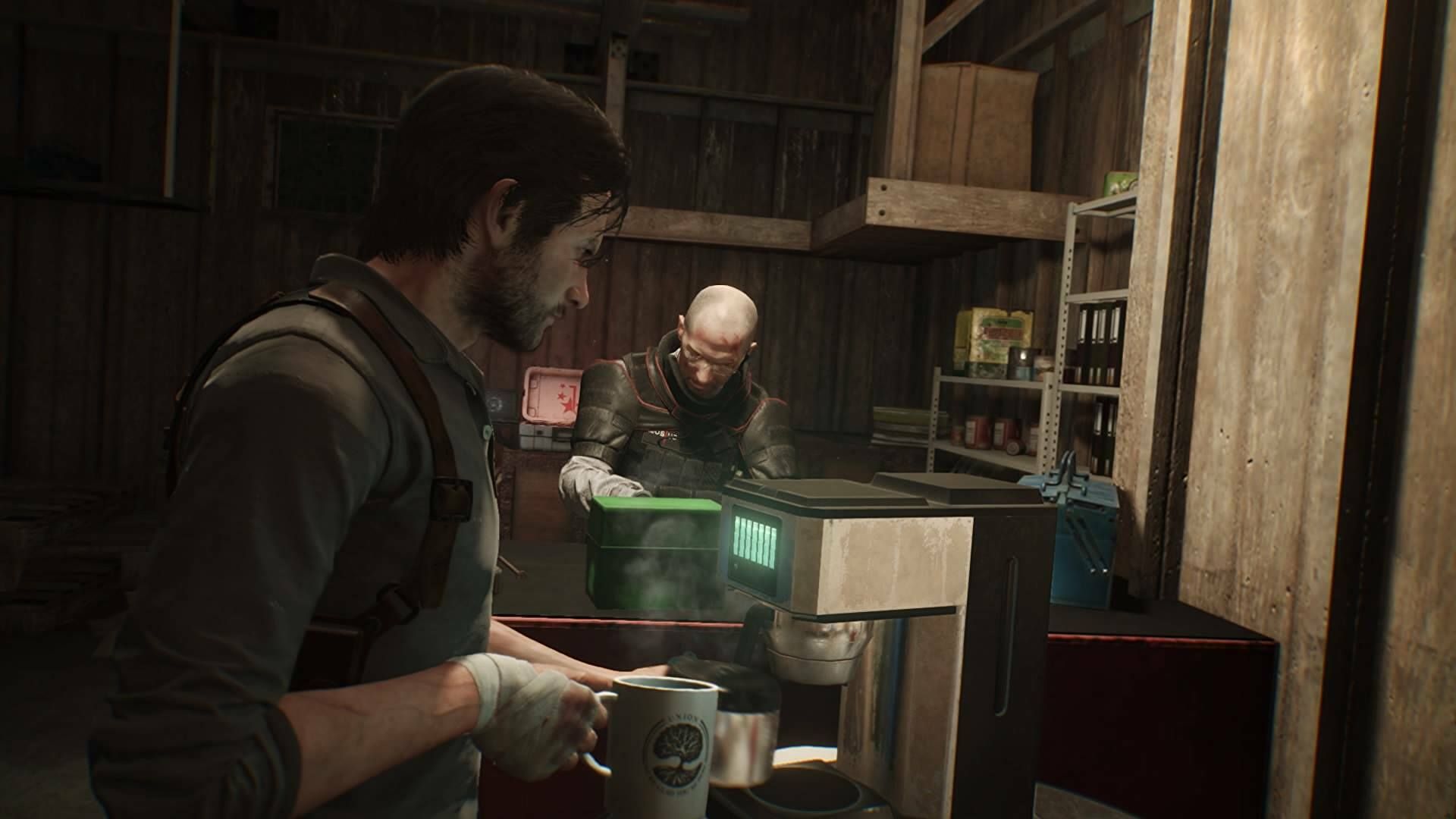Healing mechanics in games are a great opportunity for developers to showcase ingenuity. Having players maintain their character’s health is exciting because it can lead to opportunistic scenarios, such as when the right time to take a moment to heal is during an action game. FromSoftware’s games and Soulslikes have made this mechanic much more meaningful and considered, where Estus flasks and associated consumables take time to ingest. Games all have different means of health restoration, but some are more creative and immersive than others.
The Evil Within 2 is a phenomenal representation of such creativity. The game reprises its predecessor’s medical syringes, which were decidedly lackluster, but the sequel also debuts coffee makers that appear in Safe Houses. Coffee makers brew individual pots of coffee that restore the player’s health fully. Once players drink it, though, they must wait for another pot to brew, with a meter indicating how long the next pot will take. This demonstrates how satisfying healing mechanics can be in games, but few others come close to it in ingenuity and immersion.
Games Can Immerse Players Further with Engaging Health Restoration Items
There are many games where health restoration is not represented as an action that playable characters take, such as when something is consumed in order for health to be replenished. Marvel’s Spider-Man, Days Gone, and Gotham Knights, for example, simply have a flash of light wash through the character as the respective input is pressed.
Rather, The Last of Us has Joel and Ellie bandaging their arms. Even God of War Ragnarok’s healthstones and ragestones are consumed by stomping on them. These animations do not need to be elaborate for them to be immersive, though it goes a long way to having an animation since it shows the character actually responding to the damage they have taken.
There are obviously fans who prefer to have an instantaneous health restoration with no animation to pad it out, but it allows for more character to come out through games that instill that much immersion into it, such as Star Wars Jedi: Fallen Order’s stim canisters emulating Estus flasks.
The Evil Within 2 already had syringes and did not need to add another way to heal. But it is fortunate that it did so, because it creates a wonderful incentive to check back in at Safe Houses and gives the player a bit more relief in-between their miniature open-world travels.
The Evil Within 2’s Coffee Maker is Creatively Unmatched as a Mechanic
Then there is the coffee maker from The Evil Within 2, which gives players a relieving mechanic that can only be used intermittently. This makes it engaging because it cannot be abused, and players will not be able to rely upon them as a viable healing salve that often.
Still, the mere concept of a brewed pot of coffee is exceptional. It could have potentially been even better if the coffee maker appeared in the police precinct office instead, but having them at Safe Houses is as good a reason as any for players to make trips there and see if another pot has already brewed since the last time they were there. Avalanche Studios’ open-world Mad Max game does have something quite similar to this mechanic, where players refill their canteens at intermittent watering holes.
But there is something about the coffee maker and how creatively its UI implements the time needed to wait until the next pot is brewed that uplifts it further. Safe Houses are similar to safe rooms from the Resident Evil franchise, and nothing feels safer than being able to nestle up to a mug of hot coffee.
The Evil Within 2 is available now for PC, PlayStation 4, and Xbox One.





.png)
